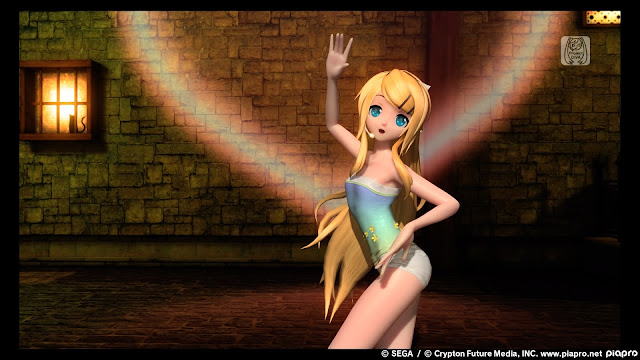Review by Clark A.
Vocaloid fans wept tears of joy upon hearing Hatsune Miku: Project DIVA Future Tone was set for a localisation. The series takes user-generated songs and dance numbers and makes them the backdrop of a delightfully addictive rhythm game. Though the dancing and singing virtual idol, Hatsune Miku, is one of the most recognisable animated characters to come out of Japan in decades, her global audience is not necessarily as tuned in to Sega’s Project DIVA titles. Whether that fortune shifts with Future Tone or not, you certainly can’t accuse the publisher of not trying.
As for why that is, it all starts with a simple fact that Sega has justly trumpeted: this game has over 220 songs. For comparison’s sake, last year’s Project DIVA X had 30 and previous home console releases weren’t much higher than that. Those entries were still profoundly rewarding to replay with track lists of that size, so it’s unthinkable that any series could just exponentially multiply one of its selling points like child’s play. Imagine jumping straight from 12 characters in Super Smash Bros. for the N64 to 58 in the Wii U version. I’m not one to lean purely on statistics when discussing a game’s overall merit, but this gargantuan progression sets the tone (pardon the pun) for what is an endlessly captivating rhythm experience.
Related reading: Also on PlayStation 4 for PlayStation VR is Miku VR Future Live. Matt’s review.
Related reading: Read about Matt’s experience of a Hatsune Miku concert here.
– Clark A
Anime Editor













